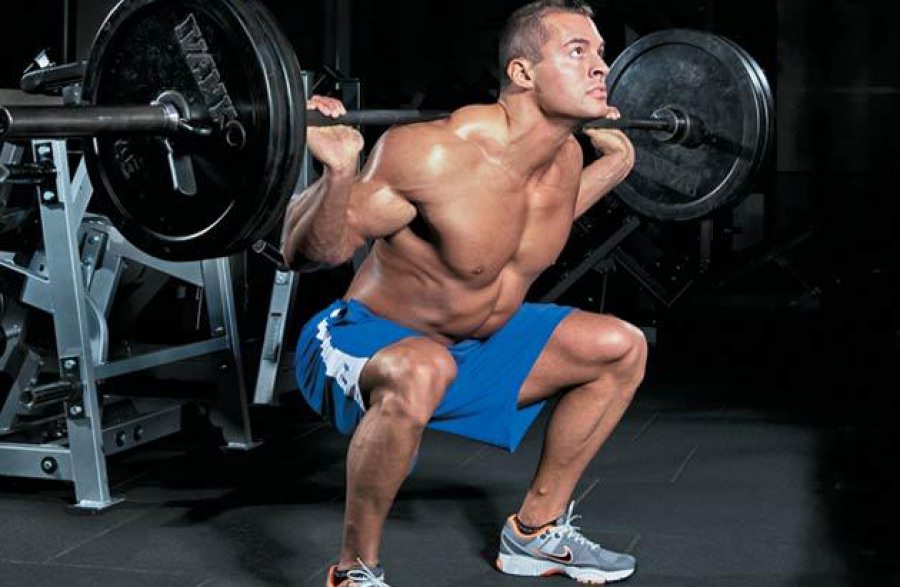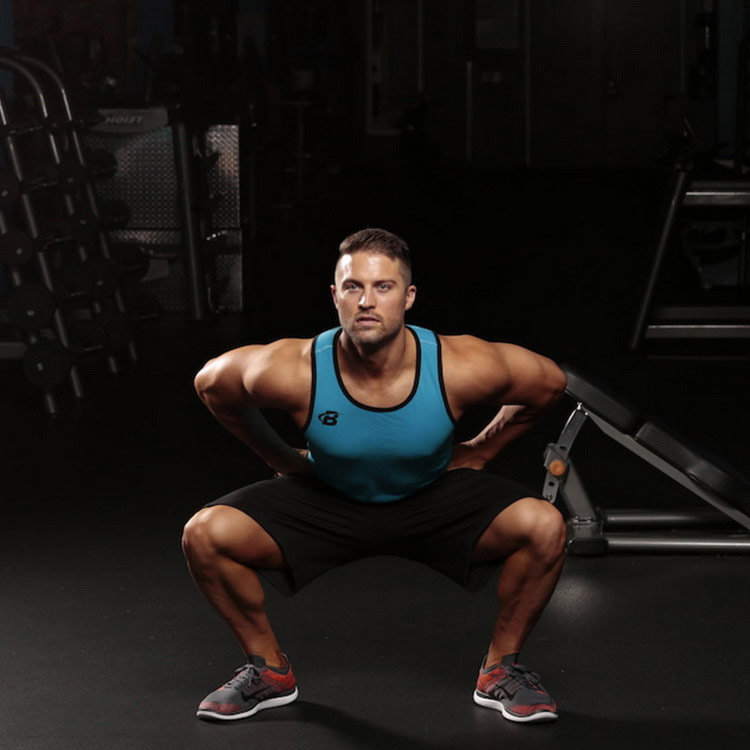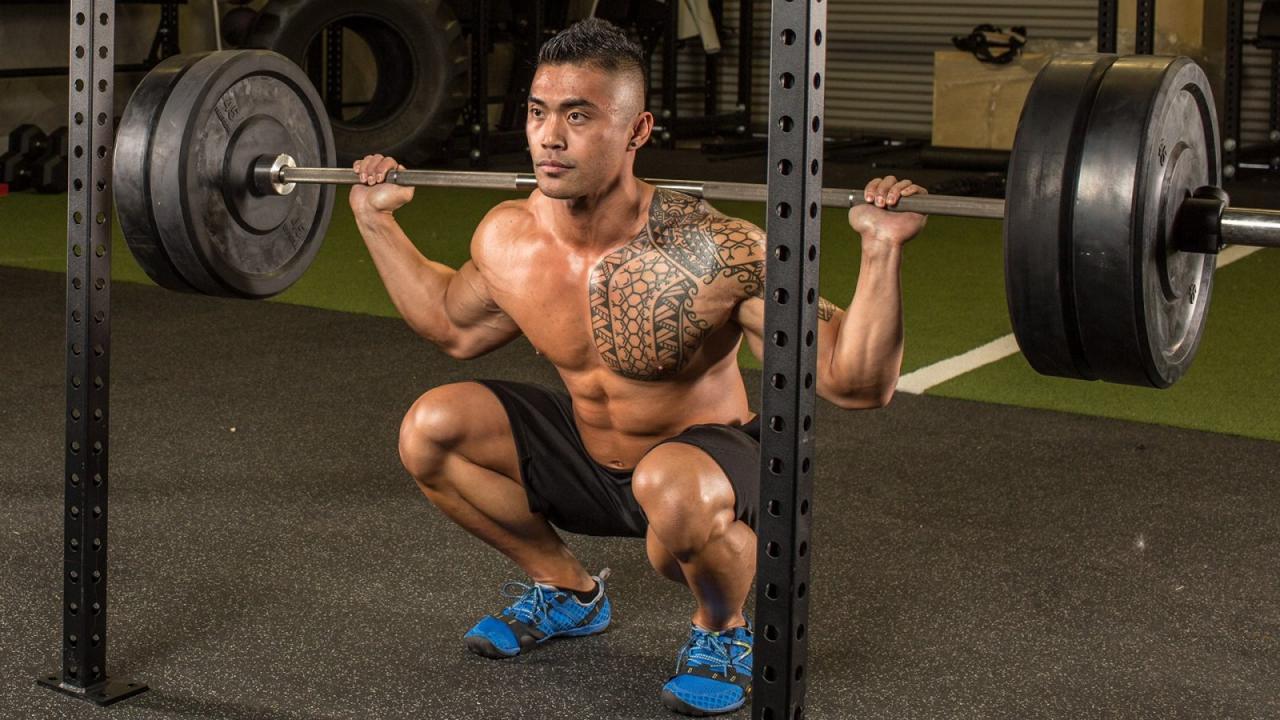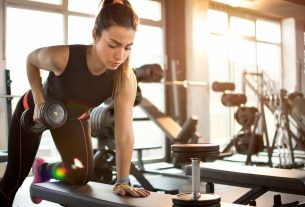Squatting correctly and safely is not a tricky business, it takes time, patience and desire. The barbell squat is a hard, technically challenging and rewarding exercise. To comply with personal precautions and those around you, apply safety precautions. Insurance and security measures do not tolerate superficial treatment. Every detail must be carefully thought out and executed correctly. It is necessary to correctly choose equipment, equipment, shoes, clothing, aids and a belayer. Insurance – mechanical and psychophysical support for the athlete. Even with a low likelihood of injury, the risk is constant.
Belayer with O torture
- Energize;
- Will give moral and physical confidence;
- Controls the correctness of the execution, making adjustments between approaches.
The correct technique is the core of the training process! Squat safely, correctly and the exercise will respond with a positive result. Use the assistance of an experienced athlete or a group of training partners only. Do not use the help of inexperienced people. An inexperienced spotter will do harm. During squats, the kettle will not contact the support against the ribcage. Will not control every millimeter of exercise. Will not determine the moment of physical impotence of the insured or will admire how the weight breaks you.
Squat T yazholoy W Tango M Oguta
- Prevent you from returning the barbell back;
- Tilt to the side;
- Drop forward;
- Faint;
- Get hurt.
When n odvodke to P risedam, H eaktivnaya P azminka D aot P he effects
Muscle injury.
- Even before tissue tearing;
- Intervertebral discs;
- Loss of consciousness;
- Sprain;
- Joint injury.
Injuries do not spare anyone. Neither pros nor amateur athletes. With one stroke of the pen, the trauma will forever cross out the work in the rocking chair. This is not the limit yet. There is an option to replenish the ranks of the rings and forget about training forever.
Safety and belayer
Have a conversation so that the belayer understands how to cover. Tell us about help with lifting the barbell, if needed. About the process of moving away from the racks and returning the barbell back. Tell us about the number of repetitions in the set. On the physiological characteristics and contact with the chest. What kind of contact, permanent or temporary. On the power of helping with muscle failure. About moral support in the form of shouts and encouragement.
clothing
Wear loose, non-restrictive clothing for your workout. Otherwise, problems will arise during squats. Clothing that restrains movement will behave unpredictably during training.

Footwear
Wear shoes with firm and stable soles for squats. Sneakers are the enemy. Weightlifting shoes are the right choice.
Equipment
If you are a beginner, you only need a weightlifting belt for squats. Do not use professional or semi-professional knee wraps unless you are a performing athlete. Blood circulation is impaired. Dangerous to the health of the knee joints.
Auxiliary With redstva
Use chalk to increase the grip on the bar. If the treadmill is slippery, use chalk to rub the soles of your shoes.
Equipment
Use a power rack for squats. In the absence of a frame, use a stand with stops. Prepare your equipment and get started. Position the barbell 5 centimeters below the shoulder line. Set the power rack restraints 10 centimeters below the position of the lower squat mark.
Preparation and P risedaniya
Warm up vigorously before sweating. Do a simple set of exercises, and then do a light stretch. Go to the power rack or squat racks. Hold firmly at shoulder level with one hand. Place your free hand behind your back. Do 20 warm-up squats. Then, go directly to squats. Do 20 reps with one bar first.
Do an additional two light, steadily increasing weight sets. Before training with a working weight, get the support of an experienced spotter or a group of spotters. Squats, safety, rules, and insurance are fundamental to a quality workout. Follow the rules and prolong athletic longevity.




